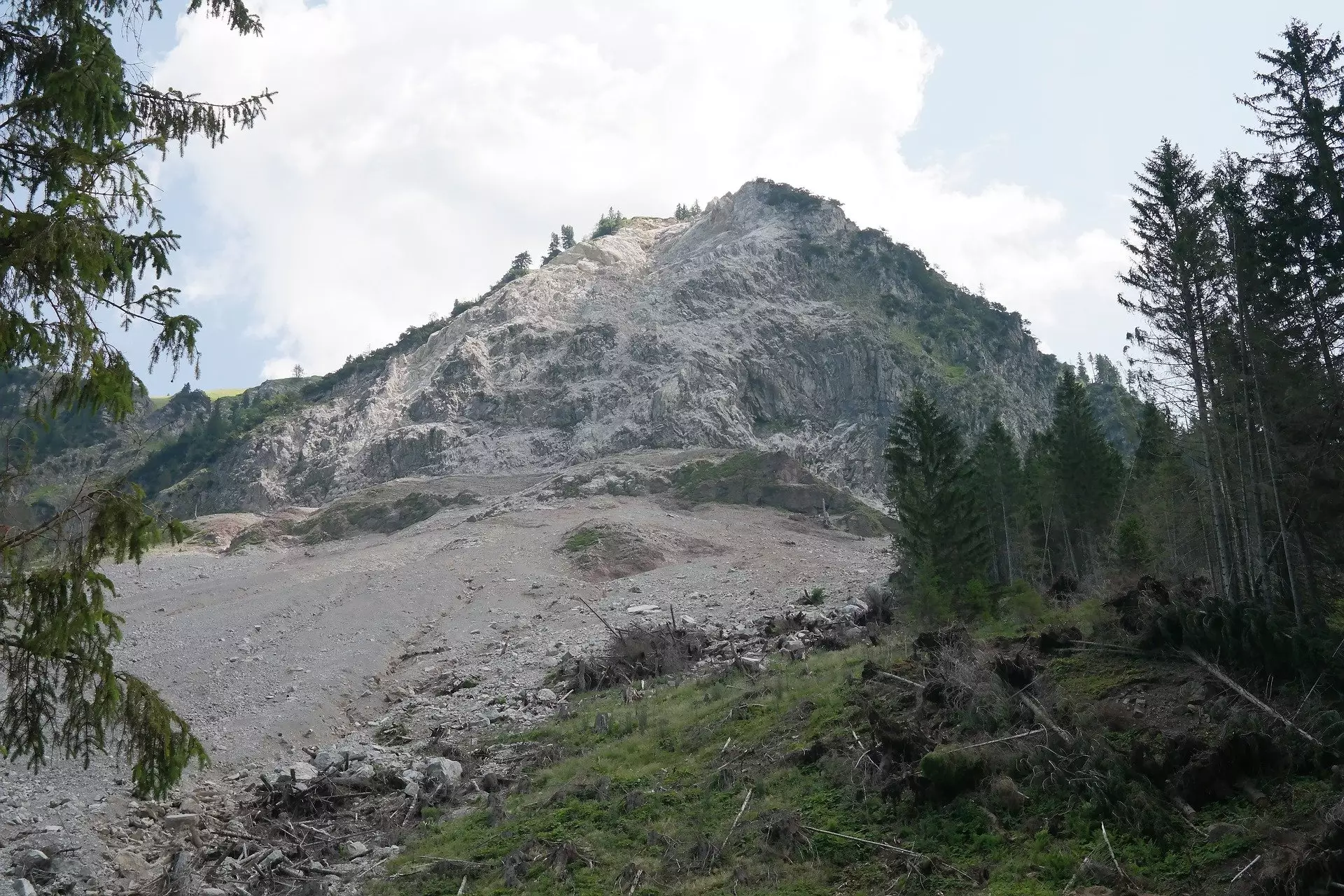In the aftermath of the 2022 magnitude 6.8 earthquake in Luding County, China, researchers have been exploring the potential of Global Navigation Satellite System (GNSS) data in the rapid prediction of earthquake-triggered landslides. The study conducted by Kejie Chen and colleagues from the Southern University of Science and Technology has provided valuable insights into the effectiveness of GNSS observations in identifying landslide locations following seismic events.
The findings of the study revealed that certain models utilizing GNSS data were able to accurately pinpoint around 80% of the landslide locations triggered by the Luding earthquake. This demonstrates the promising potential of GNSS technology in near real-time landslide prediction. The researchers estimated that with further refinement of their models and advancements in computing speed, the time taken for landslide prediction could be reduced to approximately 40 minutes.
The Luding earthquake, which occurred on 5 September 2022, resulted in over 6,000 landslides across the region, causing extensive damage to an area spanning more than 3,500 square kilometers. The significant number of co-seismic landslides highlighted the susceptibility of the region to such hazards, particularly following major seismic events. According to Chen, the scale of destruction and the specific locations affected offered fresh insights into the region’s risk profile, emphasizing the need for continuous monitoring and improved prediction models.
GNSS data plays a crucial role in measuring ground movement during earthquakes. Chen and his team had already been focusing on utilizing GNSS data for earthquake source location and tsunami early warning systems prior to the Luding earthquake. The researchers have since directed their efforts towards developing methods for landslide prediction using GNSS technology, recognizing landslides as a primary seismic hazard in inland mountainous areas of China.
The study outlined an end-to-end GNSS prediction method, which involves constructing slip models of seismic events based on GNSS offset and displacement waveform data. By conducting physics-based simulations of earthquakes using these slip models, the researchers were able to determine peak ground velocity. Subsequently, a machine learning algorithm was employed to predict the potential spatial distribution of landslides following an earthquake. The prediction algorithm was trained using data from six Chinese earthquakes with geological similarities to the Luding event.
To enhance the accuracy of landslide prediction, the researchers suggested combining GNSS observations with data from low-cost accelerometers known as MEMS, which capture near-fault ground motion waveforms. In China, over 10,000 MEMS-based stations have been integrated into a nationwide earthquake warning system to improve earthquake response capabilities. Chen and his colleagues emphasized the importance of utilizing both GNSS data and MEMS observations in a complementary manner to strengthen the reliability and precision of landslide prediction models.
Overall, the study conducted by Kejie Chen and his team sheds light on the potential of GNSS data in rapid prediction of earthquake-triggered landslides. By leveraging advanced modeling techniques and incorporating additional data sources such as MEMS observations, researchers can enhance the effectiveness of landslide prediction algorithms, ultimately contributing to improved disaster preparedness and mitigation strategies in earthquake-prone regions.


Leave a Reply